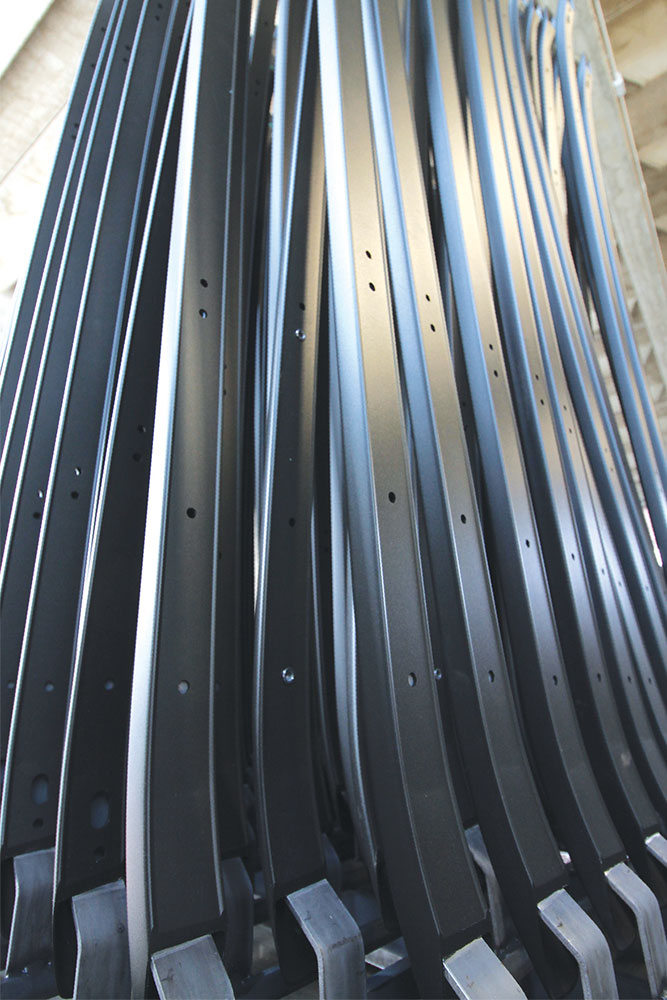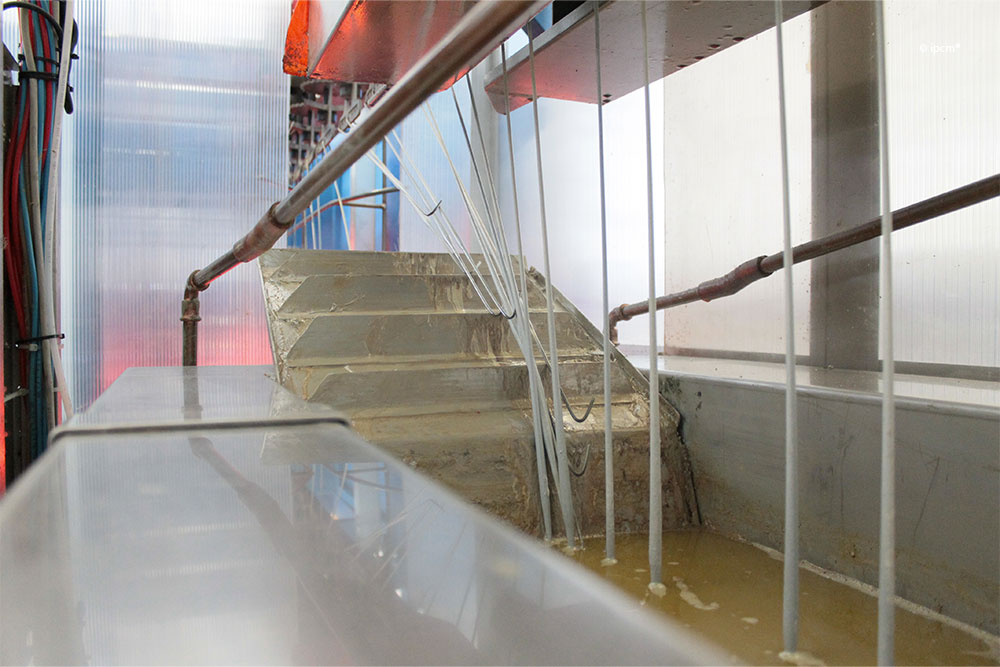The surface treatment sector offers many different paint stripping processes, some with a chemical or mechanical nature, others using thermal power or cold temperatures. This article deals with the reasons why parts are paint stripped, the various technologies available, and what elements should be considered when choosing the best suited one for any application.
When it comes to restoring or maintaining a component with a coating defect or paint build-up, one of the most cost and time-efficient solutions is to remove the paint layer so that a new one can be applied or the part can be restored to its original state.
At the same time, however, it is also always important to make sure that the stripping process effectively removes the coating without damaging the metal substrate.
Why a part would be paint stripped
Before analysing the different paint stripping methods available, let us start by discussing why there might be the need to paint strip a component. There are two main reasons for this: recovery and maintenance.
First of all, during a surface treatment process, it may be necessary to recover a part with painting defects. Whereas sometimes a simple sanding operation is sufficient to remove the issue and recover the surface, other failures might call for a more targeted paint stripping process.
 Paint stripped automotive components. © ipcm®
Paint stripped automotive components. © ipcm®The second reason for stripping a product relates to the maintenance of coating equipment. Hooks, load bars, and hanging frames inevitably get covered with several layers of paint during use, eventually affecting the quality of the painting process itself. This is particularly true in the case of powder coating, as the layers accumulated on hooks and frames can inhibit the conductivity necessary for the powder to stick to the substrate. It is therefore important to carefully strip one’s painting accessories at regular intervals.
Types of paint stripping processes
Chemical paint stripping
As the name suggests, chemical paint stripping involves the use of chemicals to effectively remove paint without damaging or altering the treated objects.
To do this, the parts are generally immersed in special tanks filled with a liquid paint stripper, chosen depending on the material to be treated. Chemical paint stripping is suitable for removing coating traces from aluminium, iron, and light alloys, as it is a delicate process that can be performed either with hot or cold temperatures, by dipping or spraying.
 A continuous-flow chemical stripping plant. © ipcm®
A continuous-flow chemical stripping plant. © ipcm®Mechanical paint stripping
In a mechanical paint stripping process, the surface to be treated is hit by special abrasive grit at high speed. The resulting impact removes the paint layer.
In order not to damage the substrate, it is necessary to choose the right type of grit according to the specific material: there are, in fact, abrasives with different shapes (spherical or angular), of different materials (metal, glass, garnet, corundum...), and with different hardness degrees.
Pyrolytic or thermal paint stripping
In pyrolytic paint stripping, a combustion process occurs that causes thermal decomposition of the paint layer.
This is done in pyrolytic furnaces generally consisting of a combustion chamber (in which the actual heat stripping phase takes place) and a post-combustion one.
Fluidised bed paint stripping
In a fluidised bed paint stripping operation, the workpiece to be treated is placed in a special tank containing a bottom of sandy refractory material heated to around 400 °C, which emits gases that decompose the paint layer.
Gaseous emissions are then usually extracted and neutralised with a special system, integrated into the machine.
Cryogenic paint stripping
Cryogenic paint stripping is a technology that uses cold. Immersing the part to be treated in a tank containing liquid nitrogen generates a thermal shock that causes the paint to contract, creating cracks in the layer that allow it to detach from the substrate.
Selecting the right paint stripping technology
All the processes listed so far are viable alternatives for effectively removing paint layers from metal substrates.
So, how to select one?
Our advice is always to rely on specialised companies in order to test which process is best for your own specific needs.
In general, the choice should be based on aspects such as the substrate’s material, the thickness and type of paint to be removed, and the size of the workpieces, but also the running costs of the system, its footprint, and its handling capabilities, which inevitably vary from case to case and therefore require an individual analysis.
To keep up to date with the latest paint stripping technologies and get to know the key players in the industry, subscribe to our magazine for free.